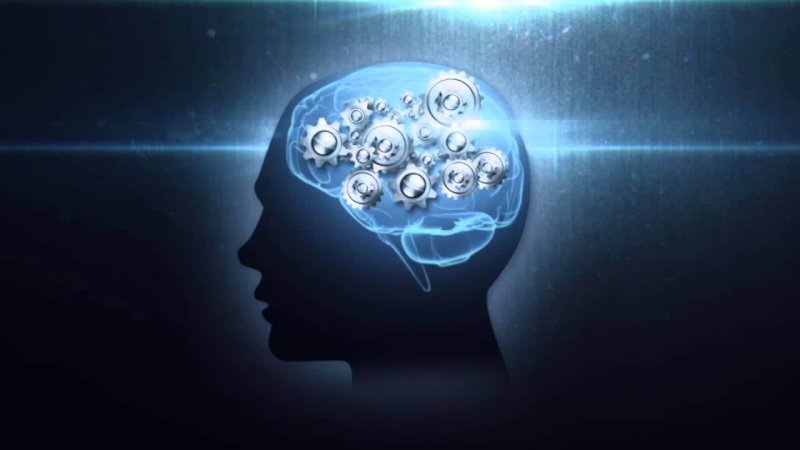Spanish neuroscientist Santiago Ramón y Cajal revolutionized the study of the brain when he observed neurons for the first time. His investigations, now more than 100 years old, revealed intricate details of nerve cells in many different animals, including humans—rootlike dendrites attached to bulbous cell bodies, from which extend long, slender axons.
…
A new study, published [October 18] in Cell, shows that in people these antennalike projections also have distinct electrical properties that may help explain how the brain processes arriving information.
…
[Neuroscientist Mark] Harnett’s team examined brain slices from nine patients and 30 rats. To study the electrical properties of the neurons within these samples, the researchers used patch-clamp recording, which involves attaching small glass needles to nerve cells to measure their activity. These probes revealed that although human and rodent dendrites shared basic features, such as the ability to produce an action potential, there were some key differences between the two species. When the researchers injected an electrical current into the neurons’ dendrites, they found much less activity made its way to the somas (cell bodies) in human cells than to the rodent somas. “That immediately suggests that [signaling is] much more compartmentalized [in human dendrites],” Harnett says.…
Ultimately, the properties of human dendrites could endow neurons with more computing power than those of rodents.
Read full, original post: What Makes Human Brain Cells Unique?































